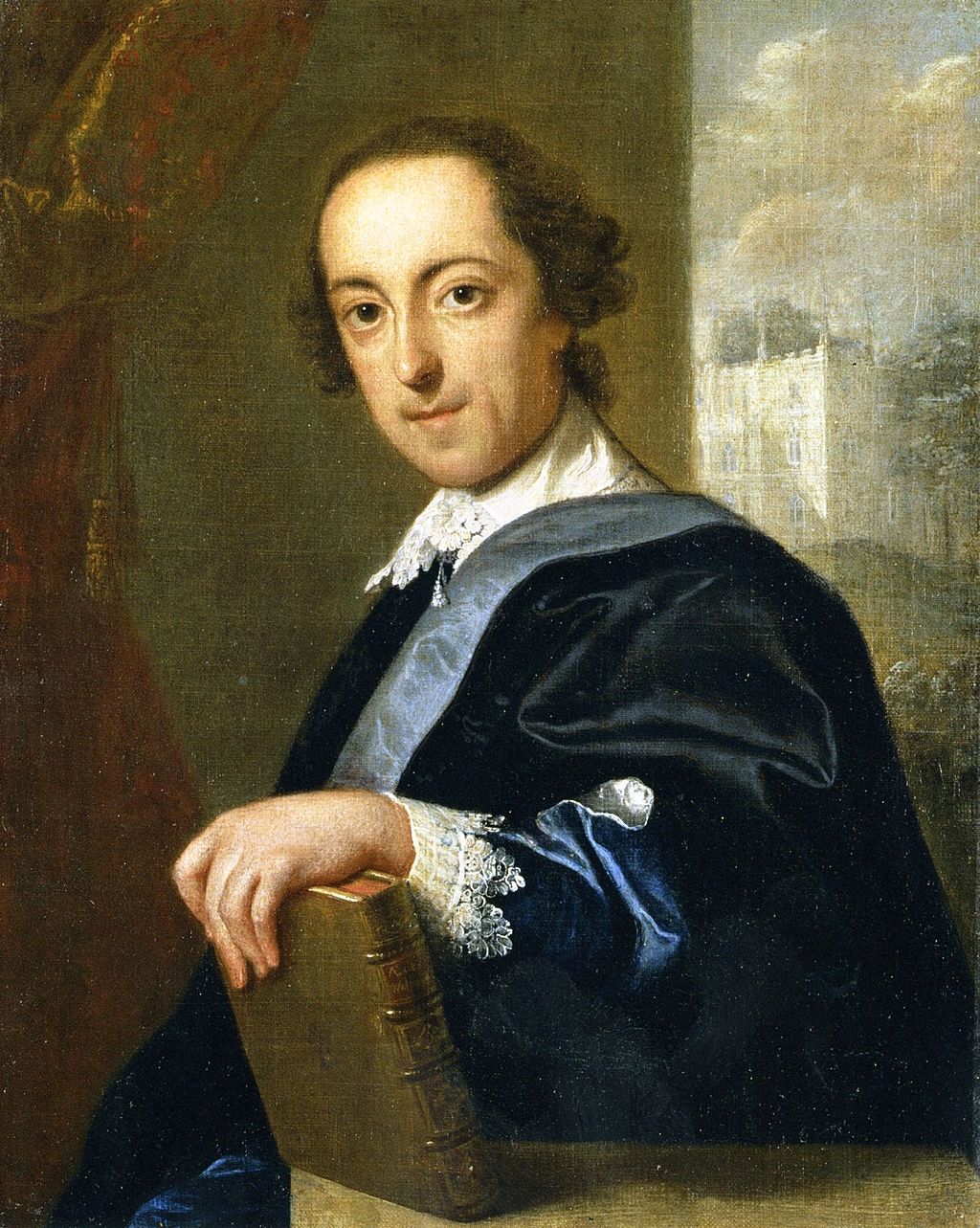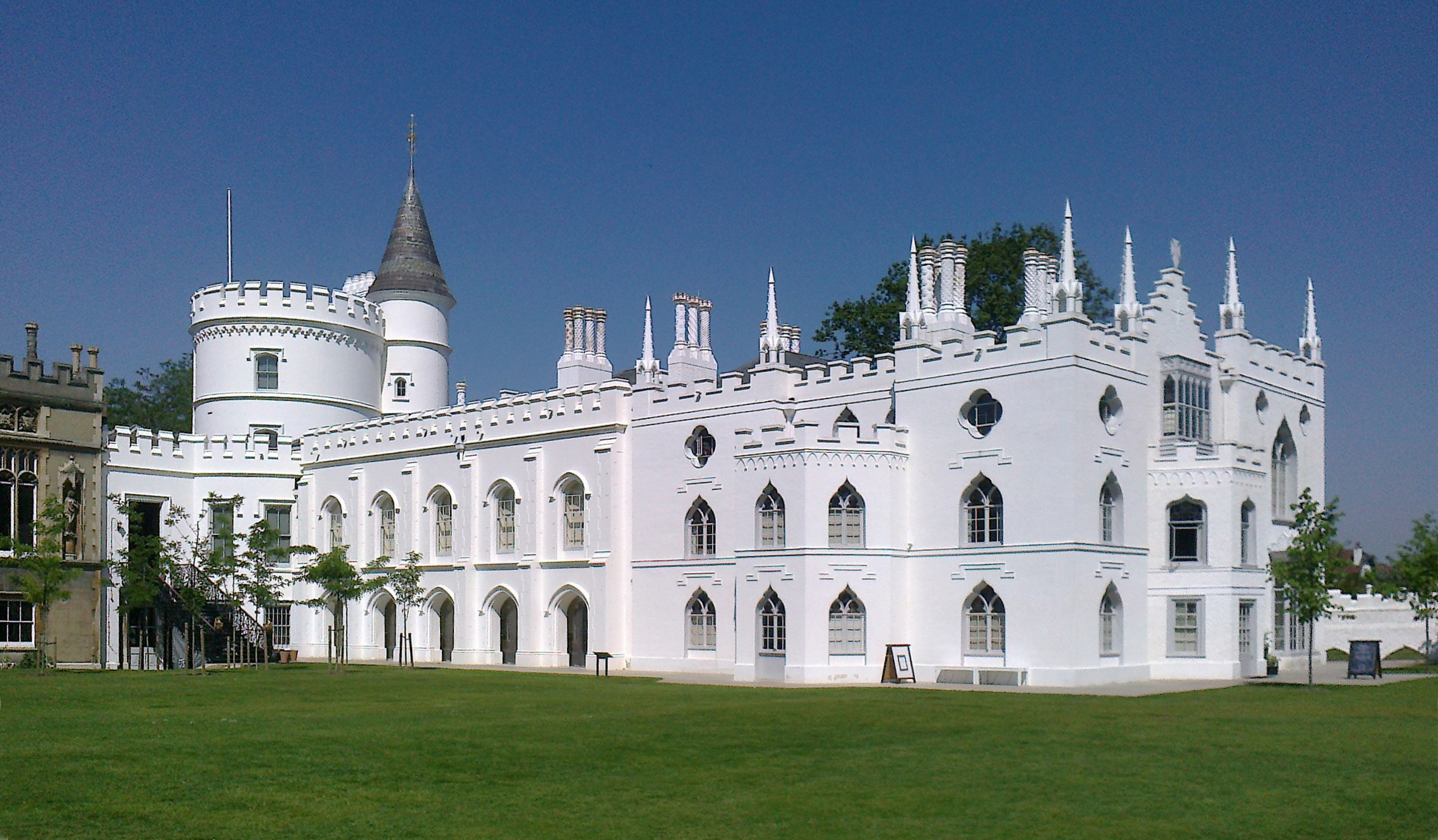Horace Walpole
http://images.library.yale.edu/hwcorrespondence/) and is a tremendous resource for learning about his life and the high society in which he traveled. But it has never been edited or anthologized for the general reader, and has therefore been read mostly by specialists in the field. Most of Walpole’s other works are equally obscure to modern readers. His first published book, called Aedes Walpolianae (1743) catalogued his father’s painting collection. He wrote another book on art (Some Anecdotes of Painting in England, 1762), an essay trying to exonerate Richard III from having, among other things, killed the princes in the Tower (Some Doubts on the Life and Reign of Richard III, 1780), a book on gardening, a book describing his house, and some poetry. All of these works are interesting, and reflect the varied interests and enthusiasms of the cultured man of wealth and leisure that Walpole was, but it is not surprising that they do not have a lot of modern readers.

The great exception, of course, is Walpole’s novel The Castle of Otranto, first published on Christmas Eve 1764 and always in print since then. The Castle of Otranto is remembered now as inventing the Gothic novel, and while that is a bit of a simplification, it’s true to say that this book has been both popular and influential. For a fuller account of The Castle of Otranto, click here.
Walpole’s Life
Strawberry Hill

Strawberry Hill is one of the most remarkable private homes in England from the eighteenth century. When Walpole first leased the property in 1746, it was a simple farmhouse. Over the years, he and a group of friends he called “Committee of Taste” transformed Strawberry Hill into a showpiece. Mimicking the stone of medieval buildings with wood, plaster, and papier-mache, the group encased the small original house with added wings, towers, and turrets, decorated it with architectural details inspired by the medieval buildings that Walpole had seen in continental Europe, and filling it with curiosities that Walpole had collected. Strawberry Hill became a tourist destination even in Walpole’s lifetime, and it has remained a landmark of what became known as the Gothic Revival style. The house also clearly inspired Walpole’s most important and influential work of literature, his novel The Castle of Otranto. Or perhaps “inspired” is too tepid a word: in making a house (rather than a person) the center of a work of fiction, The Castle of Otranto seems an attempt to put Strawberry Hill into words, to make the house itself into the central figure in a story. In its medievalism, its theatricality, and its eccentricity, Strawberry Hill became a kind of expression of Walpole’s personality.
Walpole, sexuality, aesthetics
The Castle of Otranto might be seen as expressions of that kind of queer sensibility. Another way in which both have been spoken is in terms of “camp.” Originally described, and named, in the 1960s by the critic Susan Sontag, “camp,” Sontag writes, takes as its “essence… its love of the unnatural: of artifice and exaggeration.” (Sontag) Sontag even identifies Walpole as one her examples of a camp sensibility, which she and many others have associated with queer sexual identities. Considered in this way, Walpole’s achievement is even more striking; he is not only a key figure in the creation of a new architectural style (the Gothic Revival), a new genre of fiction (the Gothic novel), but helps mark the origins of one of the most creative modes of aesthetic expression in the modern world.